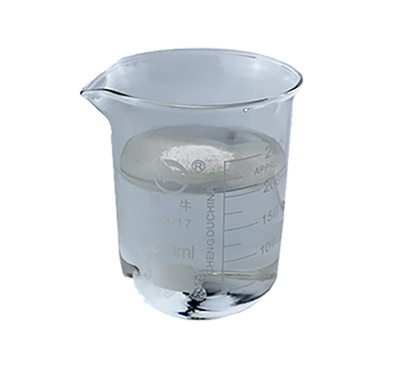
Dec . 04, 2024 22:45 Back to list
hydroxyethyl cellulose for paint
The Role of Hydroxyethyl Cellulose in Paint Formulations
Hydroxyethyl cellulose (HEC) is a versatile cellulose ether widely used in various industries, particularly in the formulation of paints and coatings. Its unique properties make it an essential component that enhances the performance and application characteristics of paint products. This article explores the significance of HEC in paint formulations, highlighting its benefits, applications, and the science behind its functionality.
What is Hydroxyethyl Cellulose?
Hydroxyethyl cellulose is derived from natural cellulose through a chemical modification process, resulting in a water-soluble polymer. It appears as a fine, white powder that dissolves in water to produce a clear, viscous solution. The modification involves introducing hydroxyethyl groups, which not only enhances its solubility in cold water but also improves its film-forming abilities and binding properties.
Benefits of HEC in Paint Formulations
1. Thickening Agent One of the primary roles of HEC in paint is its ability to function as a thickening agent. By increasing the viscosity of paint formulations, HEC helps achieve the desired consistency, which makes the application process smoother and more controlled. This property is particularly advantageous in preventing the settling of pigments and fillers in the formulation.
2. Improved Stability HEC contributes to the stability of paint formulations by preventing phase separation. It creates a stable emulsion, ensuring that all components are uniformly dispersed. This stability is crucial for maintaining the quality of the paint over time, ensuring consistent performance during application.
hydroxyethyl cellulose for paint

3. Enhanced Film Formation The film-forming capability of HEC plays a significant role in the performance of paints. Once applied, HEC assists in forming a smooth, even film that adheres well to various surfaces. The resulting finish is not only aesthetically pleasing but also offers durability and resistance to wear and environmental factors.
4. Water Retention In water-based paint formulations, HEC acts as a water-retaining agent. It helps control the evaporation rate of water during the drying process, allowing ample time for the paint to level and adhere effectively. This characteristic is particularly advantageous in hot or dry conditions, where rapid evaporation can lead to issues such as cracking or peeling.
5. Eco-Friendly Aspect As an additive derived from natural cellulose, HEC is considered environmentally friendly. In a market where eco-consciousness is rising, using HEC can enhance a paint’s appeal to consumers looking for sustainable and low-VOC (volatile organic compounds) products.
Applications of Hydroxyethyl Cellulose in Paint
HEC is commonly employed in various types of paint formulations, including emulsions, primers, and specialty coatings. Its compatibility with a wide range of raw materials makes it suitable for both interior and exterior applications. Additionally, HEC is utilized in decorative paints, industrial coatings, and even artistic materials like watercolors.
Conclusion
Hydroxyethyl cellulose is an indispensable ingredient in modern paint formulations, contributing significantly to their performance and usability. Its multifaceted properties—ranging from thickening and stabilizing to enhancing film formation and water retention—make it a preferred choice among formulators. As the paint industry continues to evolve, the demand for effective and sustainable additives like HEC will likely grow, paving the way for innovative and high-quality paint products that meet the diverse needs of consumers. Whether for residential, commercial, or industrial applications, the inclusion of hydroxyethyl cellulose is a testament to the advancements in paint technology and the pursuit of enhanced product attributes.
-
Versatile Hpmc Uses in Different Industries
NewsJun.19,2025
-
Redispersible Powder's Role in Enhancing Durability of Construction Products
NewsJun.19,2025
-
Hydroxyethyl Cellulose Applications Driving Green Industrial Processes
NewsJun.19,2025
-
Exploring Different Redispersible Polymer Powder
NewsJun.19,2025
-
Choosing the Right Mortar Bonding Agent
NewsJun.19,2025
-
Applications and Significance of China Hpmc in Modern Industries
NewsJun.19,2025







